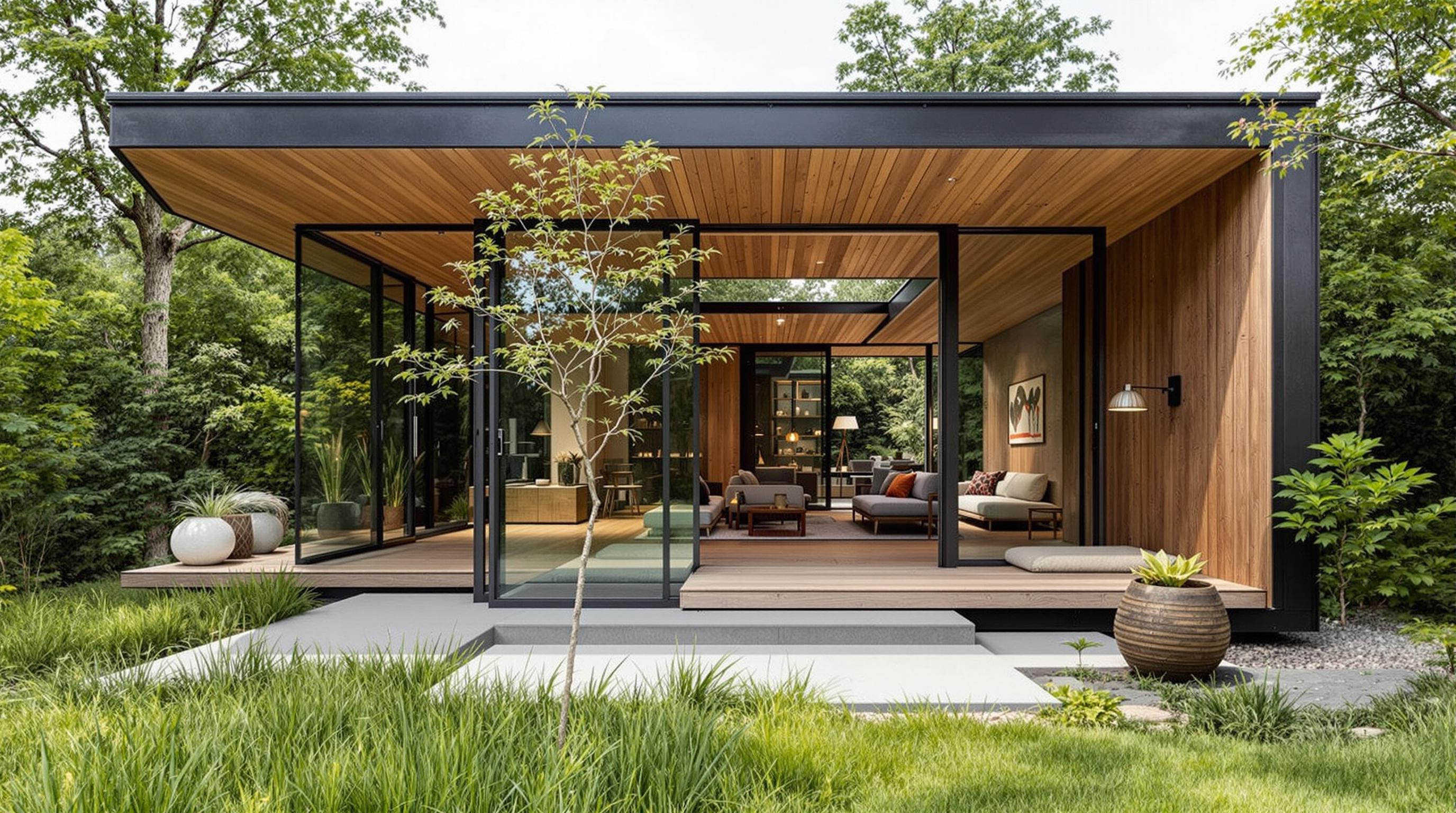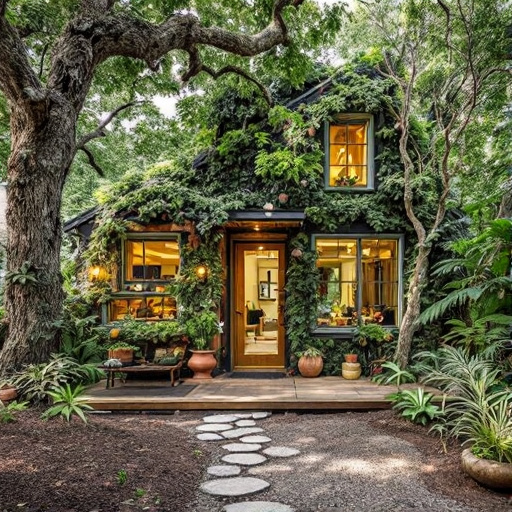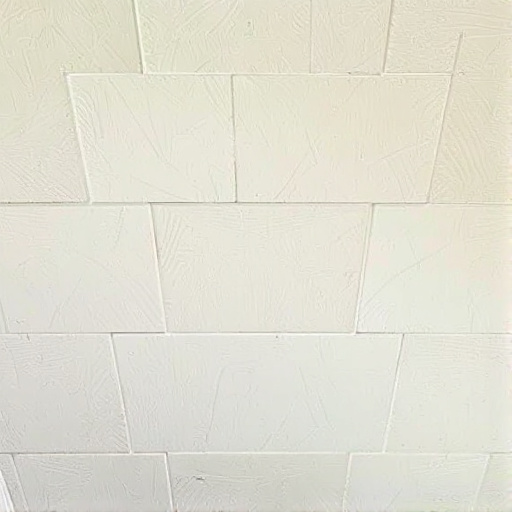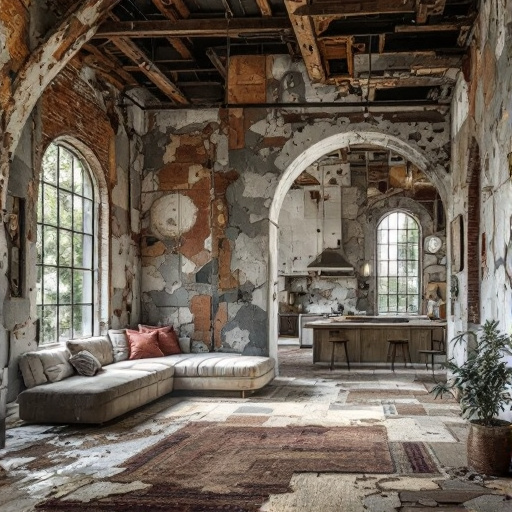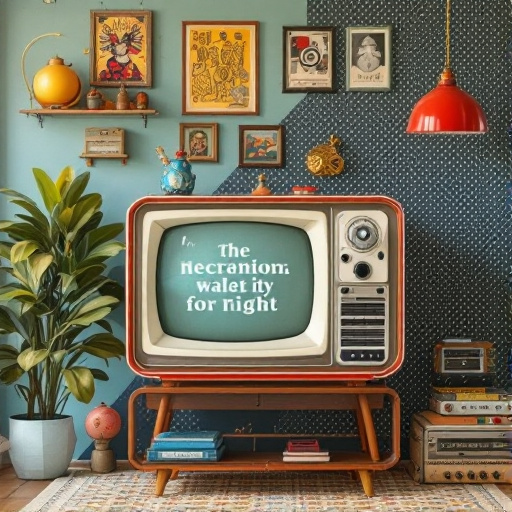Featured Articles
- 9 Radical Eco-Friendly Home Design Ideas That Blend Sustainability With Cutting-Edge Style
- Beyond Wallpaper: Exploring the Revival of Textured Ceilings in Modern Home Design
- From Retro to Futuristic: How Time Travel Can Influence Your Home Design Aesthetics
- Reimagining Ruins: How Abandoned Spaces Fuel Modern Home Design Creativity
- Reimagining Storage: Creative Hiding Spaces That Transform Clutter into Chic Home Design Statements
Reimagining Ruins: How Abandoned Spaces Fuel Modern Home Design Creativity
Reimagining Ruins: How Abandoned Spaces Fuel Modern Home Design Creativity
Abandoned spaces tell stories of the past, but they also inspire a wave of creativity in modern home design. By reimagining these ruins, architects and homeowners alike transform forgotten structures into unique living spaces that fuse history with innovation.
A Walk Down Memory Lane
Think of the last time you stumbled upon an old factory or a dilapidated barn. How did it make you feel? Foggy memories may rush back, but often, a gripping sense of possibility arises—what could this space become? For designer Sarah Darnell, the transformation of an abandoned textile mill into a modern loft is a stellar example of what can be achieved. “You just need to look beyond the rubble and see the potential,” she says. Her passion ignited a local trend; what was once an eyesore is now the centerpiece of community pride.
The Numbers Speak
Statistics indicate an increasing interest in repurposing abandoned buildings. According to a study by the National Trust for Historic Preservation, 80% of Americans believe it is important to preserve older buildings ([Source: National Trust](https://savingplaces.org)). Not only do abandoned spaces breathe life into neglected areas, but they also create economic opportunities and promote sustainability. In the modern era, designers have become adept at realizing the potential hiding behind peeling paint and crumbling walls.
Case Studies in Creativity
Take the famous High Line in New York City, a former elevated railway line turned urban park. This innovative project showcases how repurposing can unveil beauty in decay. The High Line is now packed with people, art installations, and greenery, redefining the surrounding neighborhood. It’s a testament to the potential of abandoned spaces, suggesting that with the right vision, the old can blend seamlessly into the new.
Directions in Design
Modern home design inspired by ruins isn't merely about structural reimagination; it's about storytelling. Every crack in a wall and every creaky floorboard tells a tale of its past. Homeowners who find their canvas in these spaces often incorporate elements from its history into the new design—the steel beams from an old factory or reclaimed wood from a barn, for example.
A Sustainable Choice
And let’s talk sustainability. The process of reimagining ruins significantly reduces waste compared to new constructions, which can require vast amounts of resources. A 2018 report from the U.S. Green Building Council highlighted that reusing older materials can lead to a 70% reduction in material waste ([Source: USGBC](https://www.usgbc.org)). Homeowners today are eco-conscious and are keen on building a lifestyle that aligns with their values. Why demolish when you can refurbish?
Humor in Re-creation
Now, let’s inject a bit of humor. Imagine asking your friends over and casually mentioning that the cozy space you’re lounging in used to be a chicken coop. You know they’d do a double take! “Sure, I don’t mind a few extra roosters as long as they don’t squawk during movie night,” you could joke. This approach can lighten the mood, making what might initially seem bizarre into a storytelling masterpiece.
Community Revitalization and Economic Growth
Reimagining ruins also spurs community revitalization. Cities across the globe are witnessing how reclaiming abandoned buildings can revitalize local economies. In Detroit, for instance, a group of investors transformed a once-abandoned bank into a buzzing eatery. Not only did they preserve the structure’s character, but they also generated jobs and attracted tourists. Active engagement with the community offers a refreshing approach that strengthens ties and elevates stagnant neighborhoods.
Inspiring a New Generation
Young architects and designers, aged 18 to 35, are often at the forefront of this movement. They see abandoned spaces not as decay but as blank slates. It’s like being given a vintage pair of shoes to repair instead of simply buying new ones. A 2022 survey by the American Institute of Architects revealed that 56% of architects aged 30 and under prefer working on adaptive reuse projects ([Source: AIA](https://www.aia.org)). It’s a bold reminder that the whispers of history can lead to the loudest innovations.
The Role of Technology
How does technology fit into transforming these spaces? Enter virtual reality and augmented reality (VR/AR). Modern Designers are utilizing cutting-edge tools to visualize their ideas. This tech allows clients to ‘walk’ through a design before a single nail is hammered. Imagine being able to look around an old church and see how it might feel as a cozy home! Artists and designers merge old with new in increasingly imaginative ways, showcasing their vision to a broader audience.
The Challenges
While the allure of abandoned spaces is obvious, not all transformations are smooth sailing. There are challenges to consider: safety, structural integrity, zoning laws, and the dreaded “renovation surprises” (think hidden mold or unexpected plumbing issues). Navigating these can feel as complex as a puzzle with missing pieces. However, the challenges only add to the narrative, building character around the stories we wish to tell.
Personal Experiences and Lessons Learned
Reflecting on my experience as a 30-year-old writer who often explores derelict buildings, I've learned one key lesson: Never judge a ruin by its first impression. I once explored an abandoned school, and as I stepped inside, dust clouds swirled in the sunlight streaming through shattered windows. At first, it seemed eerie, but slowly and surely, I began to feel the stories echoing down the halls. This forgotten space sparked inspiration for characters in half a dozen stories! It reinforced the idea that discarded spaces can hold treasures waiting for the right vision.
The Future Awaits
As we look toward the future, it’s clear that the trend of reimagining ruins isn’t just a passing fad but a movement. As more people embrace the blend of history and modernity, we can expect an influx of creative ideas, innovative designs, and community-building projects. If you’re inspired to take on this journey yourself, start by exploring your local abandoned spaces. You’d be amazed at the potential that’s just waiting for a hint of love and ingenuity.
Rethinking these spaces is more than just redesigning homes; it’s about weaving new narratives from old threads. So, let’s raise our glasses (perhaps filled with artisanal cocktails crafted in a refurbished bar?) to the incredible journey of creativity sprouting from ruins!
Your Turn!
Feeling inspired? Write about your own experiences in abandoned spaces or share your vision for a forgotten place in your community. Let's encourage each other to reimagine what's possible and elevate the appeal of our neighborhoods. Remember, every ruin has the potential to become a sanctuary; you just have to dare to see it.
